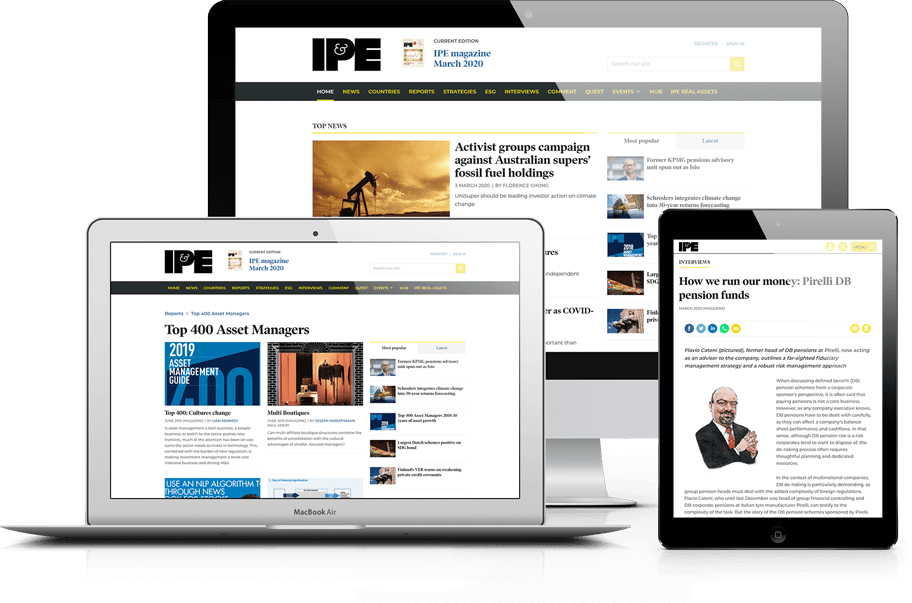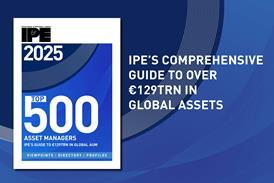Corporates bring market to life
No longer the poor relation of the capital markets, the fund management industry has continued to grow and develop both in stature and capability, and most especially within Europe. Perhaps some of the most fundamental changes have been seen on the fixed income side, itself often considered the ‘dull’ partner ...
You have now reached your article limit
Already a registered user or member? Sign in here
To continue reading, register free today for access
Registration also includes access to

Five reasons to register today
- Access to IPE articles from our award-winning editorial team
- Unique IPE market data, rankings and tables
- In-depth interviews with pension fund leaders
- Extensive coverage of latest asset class trends
- Comprehensive archive of data, research and intelligence








